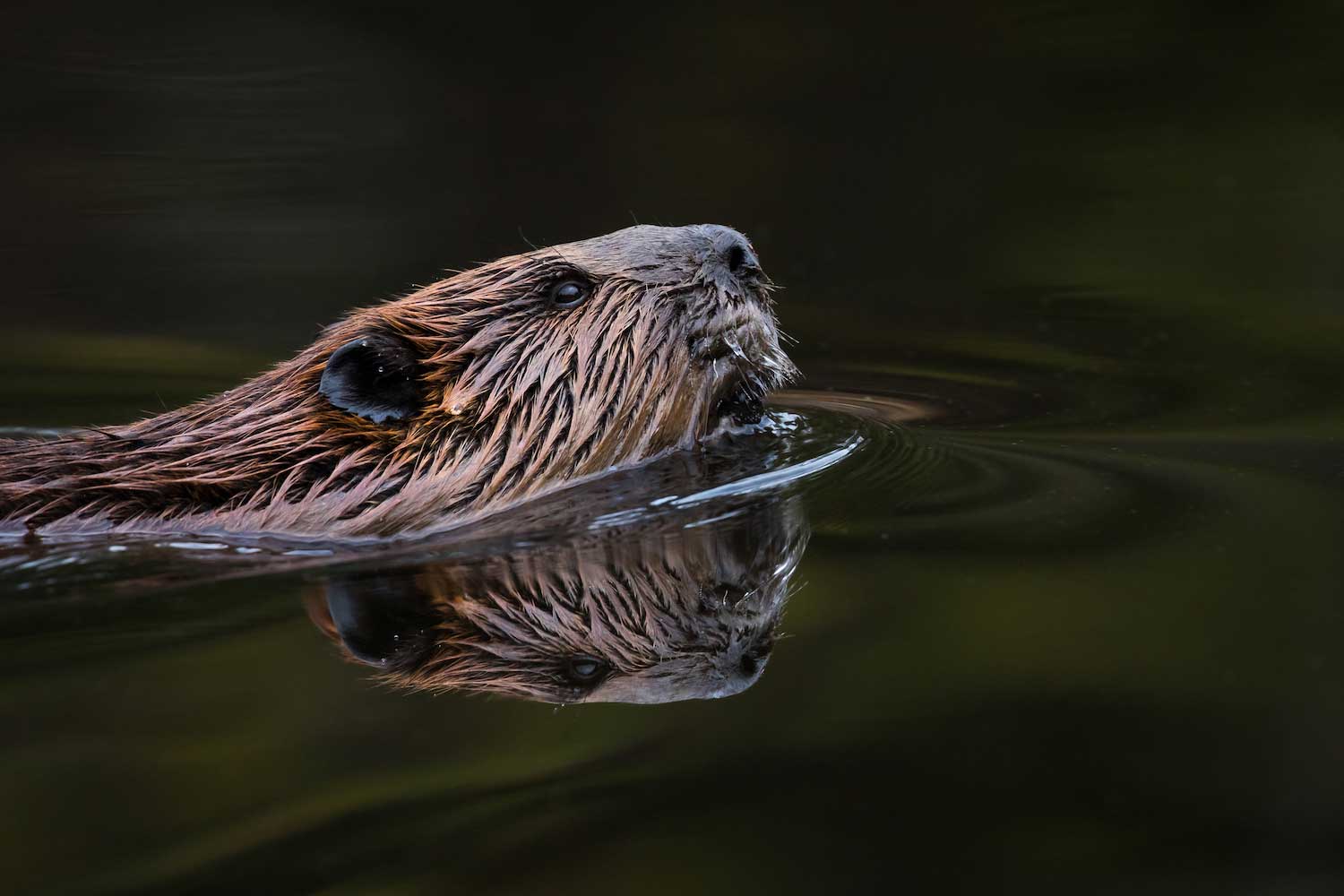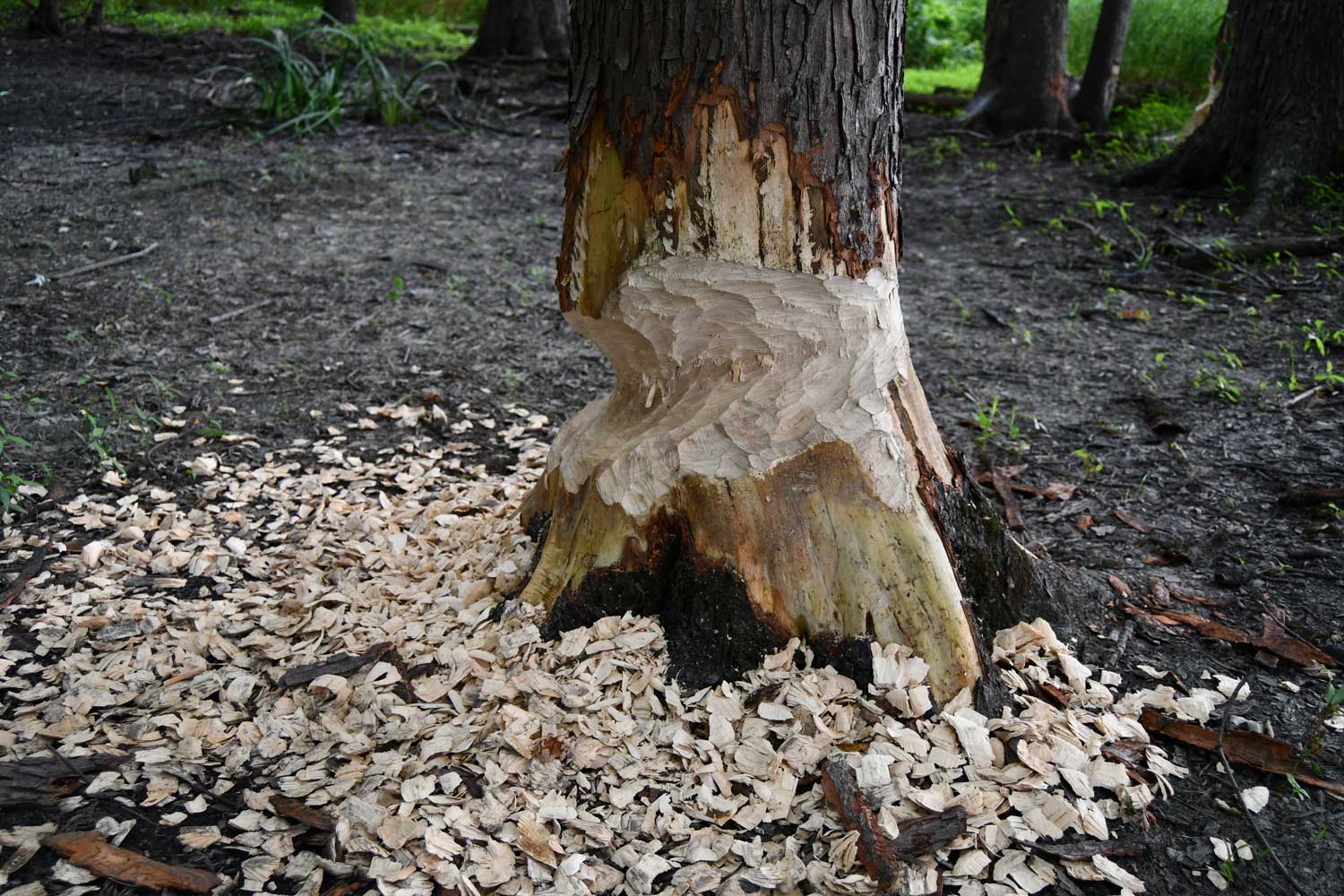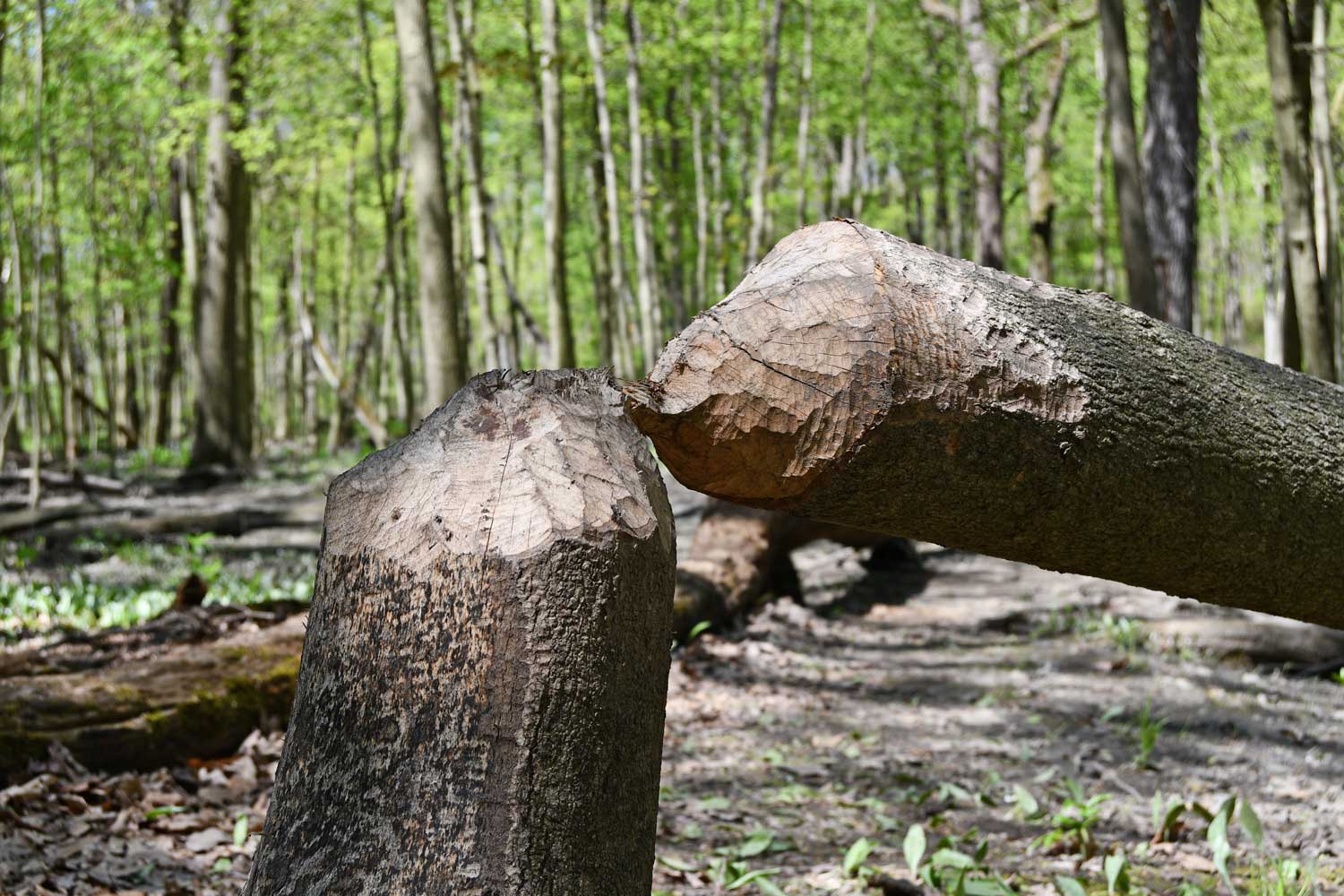Nature curiosity: How do beavers hold their breath for so long?

Have you ever held your breath for as long as you could while swimming and then burst above the surface gasping for air? How long did you last under water? Probably nowhere near as long as a beaver can.
Beavers can go as long as 15 minutes without breathing while they are under water, National Geographic reports. Most people can hold their breath for about 30 seconds, although some people can hold it for a minute or even two. The world record is an astonishing 24 minutes and 3 seconds, according to Smithsonian magazine.
But unlike beavers, which have an innate ability to hold their breath for up to 15 minutes, the world record holder achieved the feat with a technique known as oxygen assist, which involves breathing in pure oxygen immediately prior to extended periods of not breathing. This allows a person's lungs to be filled with pure oxygen as they begin holding their breath.
As good as beavers are at staying under water for long periods, they aren't even close to the best at it. Some aquatic and semiaquatic mammals can stay under water for even longer. Elephant seals, for example, can hold their breathe for as long as two hours, according to National Geographic.
The ability for aquatic and semiaquatic mammals that dive to hold their breath for so long is due to several factors. First, when these animals dive in the water, they slow their heart rate and — obviously — stop breathing, but their bodies also change how blood flows, keeping it away from their extremities and instead concentrating blood flow around their brains, hearts and muscles, National Geographic reports.
More importantly, these animals have proteins called myoglobin, which binds with oxygen in their muscles. Humans have myoglobin too, but not in the quantities that aquatic mammals do. The high levels of myoglobin in their muscle tissue give beavers and other aquatic mammals a larger supply of oxygen to draw from while under water, allowing them to stay under for longer, according to National Geographic.
In diving mammals like beavers, otters, seals and whales, myoglobin is 10 times more concentrated in muscle tissue than it is in humans, National Geographic reports. Myoglobin molecules are positively charged, which means the molecules will repel each other, like two magnets would, rather than sticking together and forming clumps. This is important because when too many protein molecules become packed together it can cause health problems. In humans, this can lead to diseases such as Alzheimer's or diabetes.
The discovery of myoglobin concentrations in diving mammals is relatively recent by science standards, and was published in a study in June 2013 in the journal Science. The researchers involved in the study hope that it leads to further research into myoglobin and diving animals, including studies into the role myoglobin may play in populations where diving is part of human culture, such as where diving for food is a means of survival, National Geographic reports.








